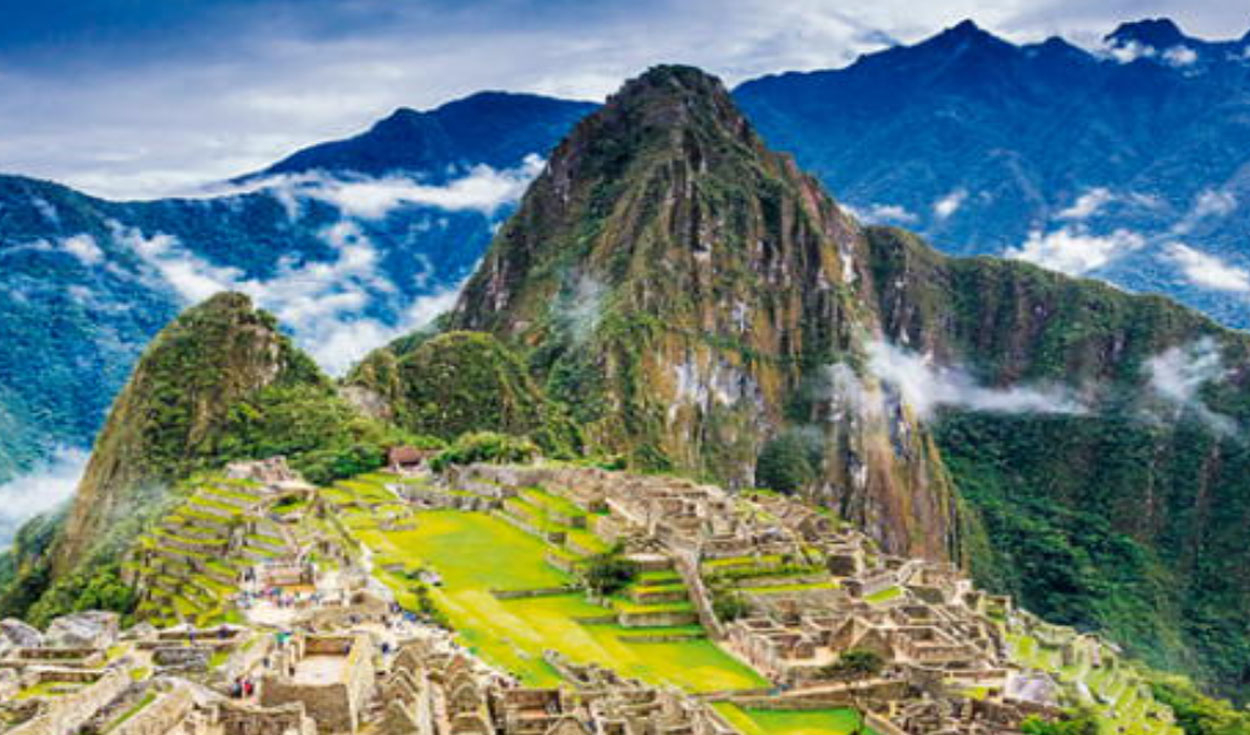
The Ministry of Culture (Mincul) announced the unanimous approval of its technical proposal to establish a dynamic capacity capacity of the Historic Sanctuary of Machu Picchu – that is, flexible – of between 4,500 and 5,600 tourists, from the current 4,044.
The increase in capacity had already been advanced by the Vice Minister of Tourism herself, Madeleine Burns, during the CADE Executives 2023, where the Executive brought another similar number of controversial proposals to reactivate the economy.
Through a statement, the Minucl said that this decision is made “considering the advances in conservation and preservation” that the Ministry of the Environment, through the National Service of Natural Areas Protected by the State (Sernanp) has developed together with its portfolio since 2015.
Already in 2022, the Peruvian Government had taken the recommendations of UNESCO to preserve the quality of the Historical Sanctuary of Machu Picchu for humanity. However, the Mincul decision does not correspond to an increase in the conservation budget, according to former minister Luis Castillo.
The Minister of Foreign Trade, Juan Carlos Matthews, said last June that it could even progressively reach up to 7,000 visitors.
It should be noted that, in that year, the last load capacity study was received. This agreement also considers the purpose of improving and optimizing the flow of tourists.
In this way, the capacity of 4,500 was approved, and on very specific dates it may be increased to 5,600 daily visits starting January 1, 2024, “considering the conservation, prevention and other actions that the Peruvian State has been implementing, in accordance with commitments made regarding the preservation and sustainability of the Sanctuary”.
In addition, Sernanp presented the Site Plan for the Inca Trail Network, which was unanimously approved, for the benefit of the thousands of national and foreign visitors who visit this natural space.
“The proper conservation of the Historic Sanctuary of Machu Picchu is a priority for Peru, providing, in turn, the opportunity to promote sustainable, responsible tourism that generates sustained economic development and better management in the provision of cultural and tourist services” , says the document.
The increase in capacity at Machu Picchu, at the proposal of Mincul itself, materialized after months of participatory work, “in which representatives of the UGM entities and civil society participated.”
Source: Larepublica
Alia is a professional author and journalist, working at 247 news agency. She writes on various topics from economy news to general interest pieces, providing readers with relevant and informative content. With years of experience, she brings a unique perspective and in-depth analysis to her work.












